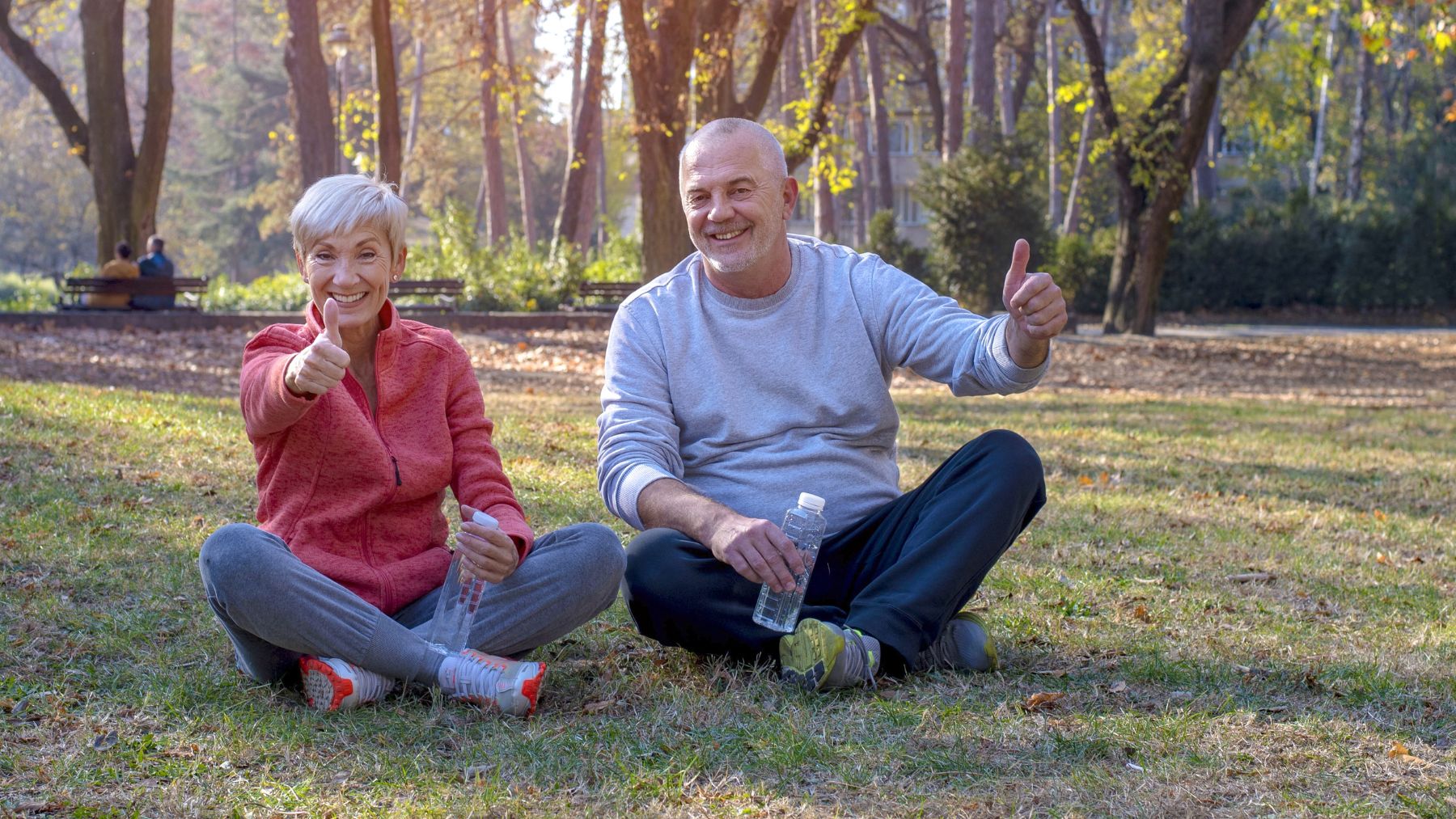Finding a park exercise that helps older adults stay steady on their feet is more important than ever, especially for those looking to maintain balance and improve coordination after 65. This gentle practice, done at a slow pace and suitable for most fitness levels, stands out for the way it strengthens the body while sharpening focus—an ideal combination for preventing falls.
This flowing routine, often described as “meditation in motion,” has become increasingly popular because it enhances strength, posture, flexibility, and body awareness. And while it’s gentle enough for beginners, it still delivers meaningful benefits.
Why this gentle park exercise improves balance and coordination for seniors
Tai Chi has proven to be one of the most reliable and accessible ways for older adults to strengthen balance and coordination. With age, changes in muscle mass, bone density, and reflexes can increase the risk of falls, and many seniors experience joint stiffness, limited mobility, or slower reactions. Practicing Tai Chi helps counter these issues through carefully controlled sequences that train the entire body to move with stability.
According to a study published in Frontiers in Public Health, one of the main advantages is muscle engagement. Many Tai Chi movements activate the legs, hips, and core, helping build strength needed for support during everyday activities. Stronger muscles translate into better balance and reduced risk of falling. The practice also supports upright posture by encouraging proper alignment from the spine to the hips, which improves body awareness and makes it easier to maintain stability.
Tai Chi is equally effective at enhancing coordination. Its slow, patterned motions require the arms, legs, and core to work together, refining neuromuscular connections and helping seniors react more efficiently to sudden shifts or uneven surfaces. By integrating controlled breathing and mindful attention, it also strengthens the mind-body connection, helping practitioners stay aware of their surroundings and movement patterns.
Another key benefit is improved flexibility. Gentle, fluid motions loosen stiff joints and increase range of motion in the ankles, knees, and hips—all crucial for comfortable walking and everyday movement. Over time, this reduces discomfort and makes balance corrections easier.
Fear of falling is a major barrier to staying active in older age. Tai Chi helps restore confidence by building stability gradually, making seniors feel safer and more capable during daily tasks. Its calming pace also enhances circulation, which may reduce dizziness—another common contributor to falls.
The practice has cognitive benefits as well. Because it requires focus and memory to follow sequences, Tai Chi helps stimulate mental clarity. This combination of physical grounding and mental engagement supports overall well-being in ways few low-impact exercises can match.
How seniors can get started with this balance-boosting practice
Getting started with Tai Chi is simple, especially because it can be done outdoors. Many community centers, senior centers, and fitness clubs offer beginner-friendly sessions designed specifically for older adults.
Exercising in the park also comes with its own set of advantages. Being outdoors naturally reduces stress, lifts your mood, and creates a sense of freedom that’s hard to replicate inside a gym. Outdoor training often brings a boost of energy, lowers tension, and encourages a more positive outlook.
Regular practice is key. Just 20–30 minutes, three to five times per week, can lead to noticeable improvements. Movements can also be modified for seniors with mobility limitations, including seated versions or exercises performed while holding onto a chair.
Listening to the body is essential—Tai Chi should feel calming, not strenuous. Staying hydrated and taking breaks ensures comfort throughout the session.

